Bringing a puppy home is pure joy—but it also comes with responsibility. One of the most crucial steps in raising a well-behaved dog is following a consistent and effective puppy obedience training schedule. But how do you know if you're doing it right?
In this post, we’ll break down what a good training schedule looks like, when to teach what, and how to stay consistent so your puppy grows into a polite, happy, and obedient companion.

Why Is a Training Schedule Important?
Just like human babies, puppies thrive on routine. A training schedule gives your dog clear expectations and structure. Without it, your pup may get confused or develop bad habits. A consistent obedience schedule:
-
Builds trust and communication
-
Reduces anxiety and behavioral issues
-
Creates a strong bond between you and your dog
-
Helps reinforce positive behavior over time
Sample Puppy Obedience Training Schedule by Age
Here's a general breakdown of what obedience training can look like, organized by age:
8–10 Weeks: Foundation Work
-
Focus Areas: Name recognition, potty training, crate training, socialization
-
Commands to Start: “Sit,” “Come,” “No,” “Good”
-
Training Time: 3–5 minute sessions, 3–5 times a day
10–12 Weeks: Basic Manners
-
Focus Areas: Leash walking, gentle play, bite inhibition
-
Commands to Add: “Down,” “Leave it,” “Stay”
-
Training Time: 5–10 minute sessions, 3–4 times a day
3–6 Months: Confidence Building
-
Focus Areas: Public exposure, distractions, consistency
-
Commands to Reinforce: All previous, plus “Drop it,” “Wait,” and longer “Stay”
-
Training Time: 10–15 minute sessions, 2–3 times a day
6+ Months: Advanced Training & Reliability
-
Focus Areas: Impulse control, recall under distractions, off-leash work
-
Commands to Practice: Add hand signals, increase distance/duration/distraction
-
Training Time: 15+ minute sessions, 1–2 times a day plus real-life practice
Helpful Notes for Puppy Training Success
-
Keep sessions short and fun. Puppies have short attention spans.
-
Use positive reinforcement. Treats, praise, and play work best.
-
Be consistent. Same cues, same expectations, every time.
-
End on a good note. Always finish with a win to keep motivation high.
-
Don’t expect perfection. Progress is better than perfection—celebrate small wins.

Frequently Asked Questions (FAQs)
1. When should I start obedience training my puppy?
Start as early as 8 weeks old. The sooner your pup learns structure, the easier it is to build good habits.
2. How long should each training session be?
Puppy sessions should be short and sweet—start with 5 minutes and gradually increase as your dog matures.
3. What if my puppy isn’t responding to training?
Make sure you’re using high-value rewards, training in a quiet space, and keeping sessions positive. Some puppies may take longer to catch on—it’s normal!
4. Can I train my puppy at home or should I go to a class?
Both work well! Home training is great for daily reinforcement, while puppy classes offer socialization and expert guidance.
5. How do I stay on track with a training schedule?
Use a simple calendar, app, or checklist. Set goals for each week and adjust based on your puppy’s progress.
Final Thoughts

Creating and sticking to a puppy obedience training schedule isn’t just helpful—it’s essential. Your puppy is learning every single day, so the more structure and consistency you provide, the faster they'll become a well-mannered, happy member of your family.
Training takes time, patience, and love—but the reward is worth it: a dog that listens, respects boundaries, and feels secure in their world. 💛
Whether you’re a first-time pup parent or brushing up with a new fur baby, remember: every good dog starts with a solid training routine. You've got this!







![Probiotics For Dogs [Soft Chews] - HolistaPet](http://www.holistapet.com/cdn/shop/files/Probiotic-Infographic-1_472d7a29-e30c-435a-9638-1365d8c3a9f9.jpg?v=1725384841&width=104)
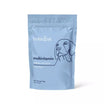








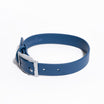
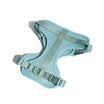
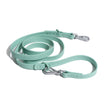

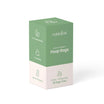
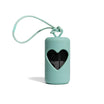






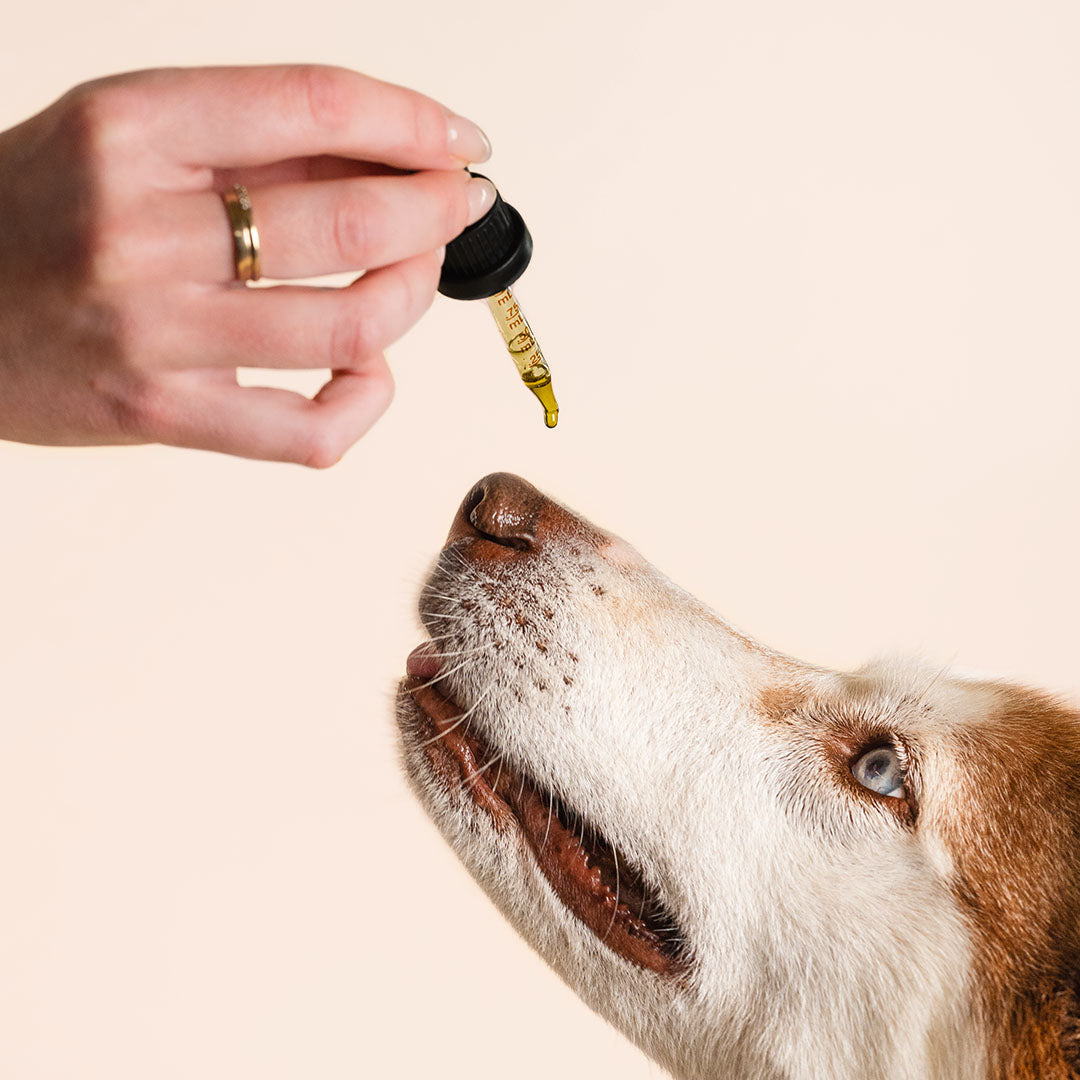





Leave a comment
This site is protected by hCaptcha and the hCaptcha Privacy Policy and Terms of Service apply.